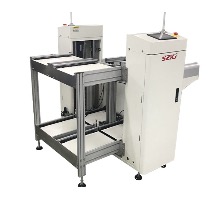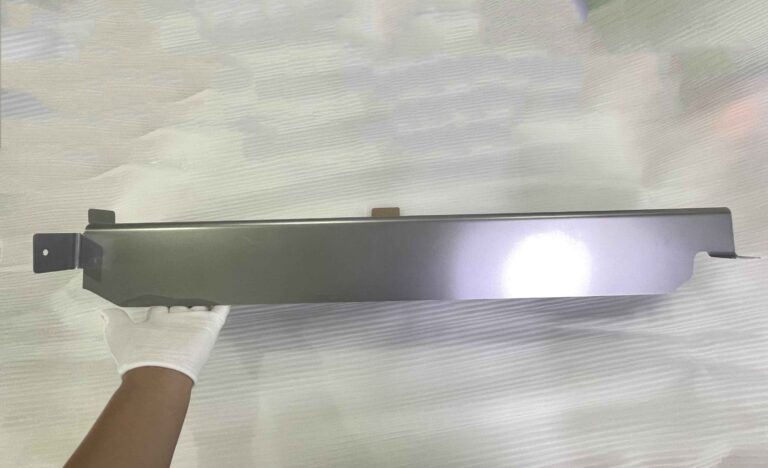All You Need to Know about Drilled and Grouted Micropiles
Home » All You Need to Know about Drilled and Grouted Micropiles
RECENT POSTS
Share:
- May 9, 2024
Table of Contents
For years now, the use of grouted micropiles for slope stabilization has proven to be a technically effective solution for slope stabilization. Many consider micropiles as the best foundation alternative when it comes to repairing foundations and strengthening deteriorating foundations. Additionally, micropiles are now considered in the preconstruction of commercial and residential structures as they work well in sites with limited overhead constraints, access, and poor soil quality.
So, there are so many benefits associated with micropiles. But, before we look into it, you must understand what micropiles are.
What is a Micropile?
Micropiles can withstand lateral, axial loads, or both and can hold loads from 3T to 360 T. Their geotechnical capacity is derived through transference. In this process, the micropile transfers the load of the structure through the steel and grouted micropiles. This process that exerts pressure on the soil is known as skin friction and causes an adhesive effect where the soil and the micropiles intersect.
Micropiles Process
During the construction of micropiles, which are to be drilled to stabilize the soil. Once the predetermined depth is achieved, the drill rig is removed. The reinforcement and the grout are then placed inside the hole. An additional grout is injected. At times, steel casing may be used to offer additional axial capacity.
Benefits of Using Drilled and Grouted Micropiles
Though micropiles are smaller than other piles alternatives, they don’t need additional support even in weak soil. The installation equipment is quite a bit smaller than the traditional ones, making it even less expensive. What you need for its installation is the ground anchors and grouting equipment.
In most cases, grouted micropiles are considered the best option for handling deteriorating foundation systems. This is because the micropiling equipment used during the process has limited access that won’t destroy the nearby utilities.
Another thing is that micropiles can resist axial and moderate lateral loads. That is because their lateral load deficiency is improved by installing it at an angle. This installation brings low disturbance especially to closeby structures as the installation equipment can be used in limited areas.
Lastly, with micropiles, you don’t have to drill holes for micropiles installation as the drilling and grouting are done simultaneously. That is why we believe high-quality self-drilling anchor bars come in handy at ONTON. They can drill, anchor, and grout simultaneously.



